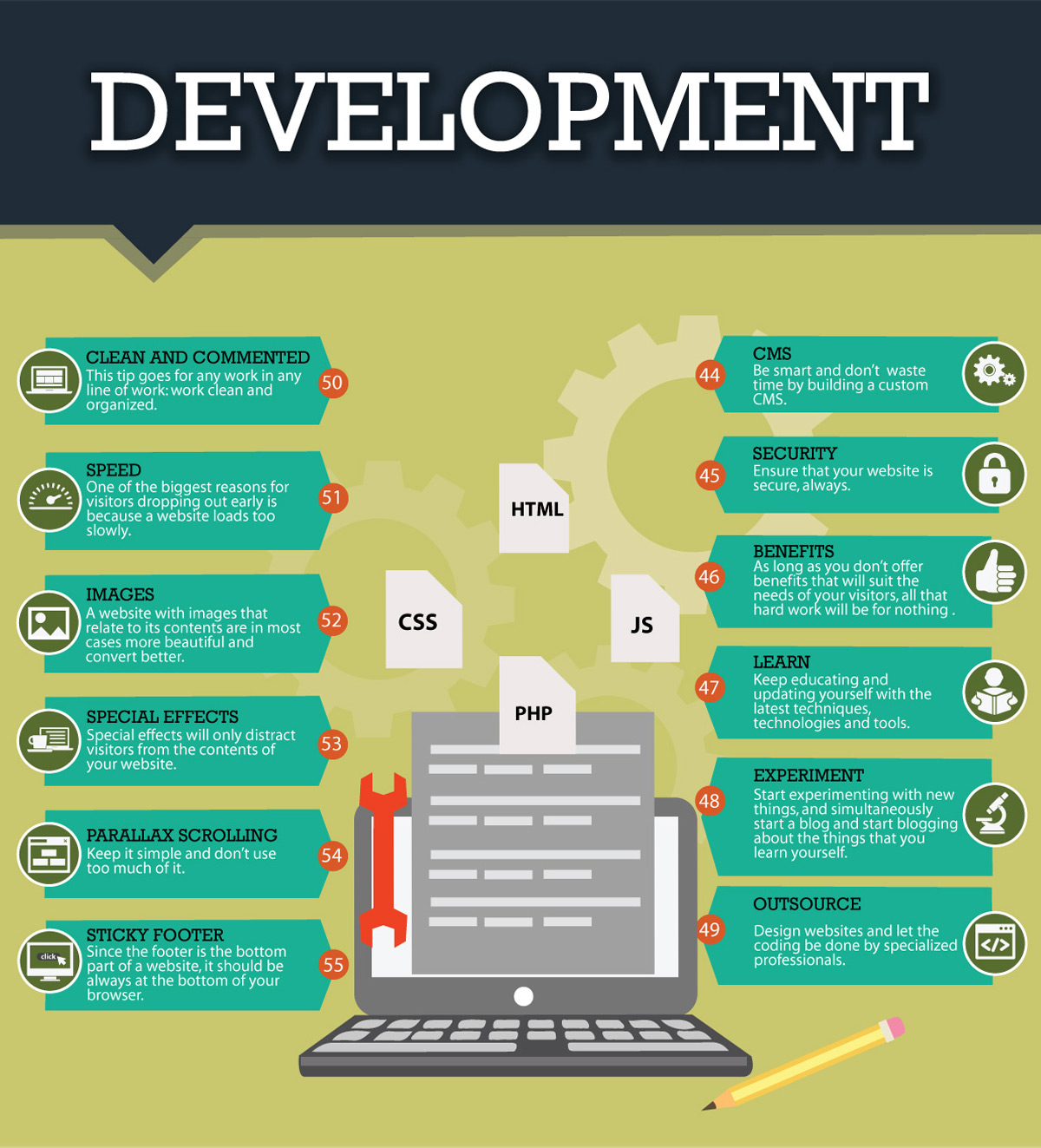Intrigued In Discovering Just How Internet Site Design Has Evolved Over The Years? Check Out The Journey From Fundamental, Uncomplicated Layouts To User-Centric Interfaces That Prioritize The Site Visitor'S Experience
Intrigued In Discovering Just How Internet Site Design Has Evolved Over The Years? Check Out The Journey From Fundamental, Uncomplicated Layouts To User-Centric Interfaces That Prioritize The Site Visitor'S Experience
Blog Article
Web Content Composed By-Lamb Wren
In the past, web sites were straightforward and concentrated on info. Navigation was direct, and layout was for desktop computers. Currently, individual experience is essential. Information overviews designs for simple navigation. Receptive layouts fit various devices. Today, dark mode reduces strain, and minimalist food selections improve navigating. Interactive attributes engage users, and vibrant visuals stand apart. AI assimilation boosts interaction. See just how relevant internet site has actually developed to enhance your online trip.
Very Early Days of Web Design
In the early days of web design, simpleness preponderated. Internet sites were fundamental, with limited colors, typefaces, and formats. The emphasis got on giving details as opposed to showy visuals. Users accessed the internet via slow dial-up links, so rate and performance were essential.
Navigating https://cashbzuvp.ambien-blog.com/36113489/discover-the-vital-methods-that-all-small-company-proprietors-need-to-be-of-to-boost-their-on-line-presence-and-draw-in-a-larger-consumer-base-through-using-local-seo were straightforward, typically located at the top or side of the web page. Web sites were made for desktop computers, as mobile browsing had not been yet common. Web content was king, and designers prioritized easy readability over complex layout components.
HTML was the key coding language utilized, and designers needed to function within its constraints. Computer animations and interactive features were very little compared to today's standards. Internet sites were static, with little dynamic material or personalized user experiences.
Surge of User-Focused Layout
With the advancement of website design, a change in the direction of user-focused design principles has become increasingly famous. Today, producing websites that prioritize customer experience is important for engaging site visitors and attaining organization goals. User-focused style involves comprehending the requirements, preferences, and behaviors of your target market to customize the website's design, web content, and features accordingly.
just click the up coming article conduct comprehensive research, such as customer studies and functionality testing, to collect understandings and responses straight from users. This data-driven strategy aids in developing intuitive navigation, clear calls-to-action, and visually attractive interfaces that reverberate with visitors. By putting the user at the center of the layout procedure, web sites can deliver a more individualized and delightful experience.
Receptive design has actually also become a key facet of user-focused layout, ensuring that websites are maximized for various gadgets and screen sizes. This flexibility boosts access and use, satisfying the diverse ways users communicate with websites today. Essentially, the surge of user-focused layout represents a change towards creating digital experiences that focus on the requirements and expectations of the end user.
Modern Trends in Website Design
Check out the current trends forming web design today. One popular trend is dark setting layout, offering a sleek and modern-day look while minimizing eye pressure in low-light settings. An additional key fad is minimalist navigation, streamlining menus and improving user experience by focusing on essential elements. Integrating micro-interactions, such as computer animated switches or scrolling effects, can develop an extra appealing and interactive web site. Receptive style remains crucial, making sure seamless user experiences throughout different gadgets. Additionally, utilizing bold typography and asymmetrical designs can add visual interest and accentuate details content.
Incorporating AI modern technology, like chatbots for customer assistance or customized suggestions, enhances individual involvement and improves procedures. Availability has also come to be a significant fad, with designers focusing on inclusive layout techniques to cater to varied individual demands. Welcoming sustainability by enhancing web site efficiency for speed and performance is one more arising trend in web design. Working together with user feedback and information analytics to repeat and improve layout continuously is crucial for remaining relevant in the ever-evolving electronic landscape. By accepting these modern fads, you can produce an aesthetically attractive, user-friendly web site that resonates with your audience.
Conclusion
As you review the advancement of site design from the early days to now, you can see how user-focused layout has ended up being the driving force behind modern trends.
Embrace the journey of adjustment and adaptation in website design, always maintaining the user experience at the forefront.
Keep present with the most recent fads and technologies, and never ever stop progressing your method to produce aesthetically stunning and straightforward web sites.
Develop, adjust, and develop - the future of website design remains in your hands.
